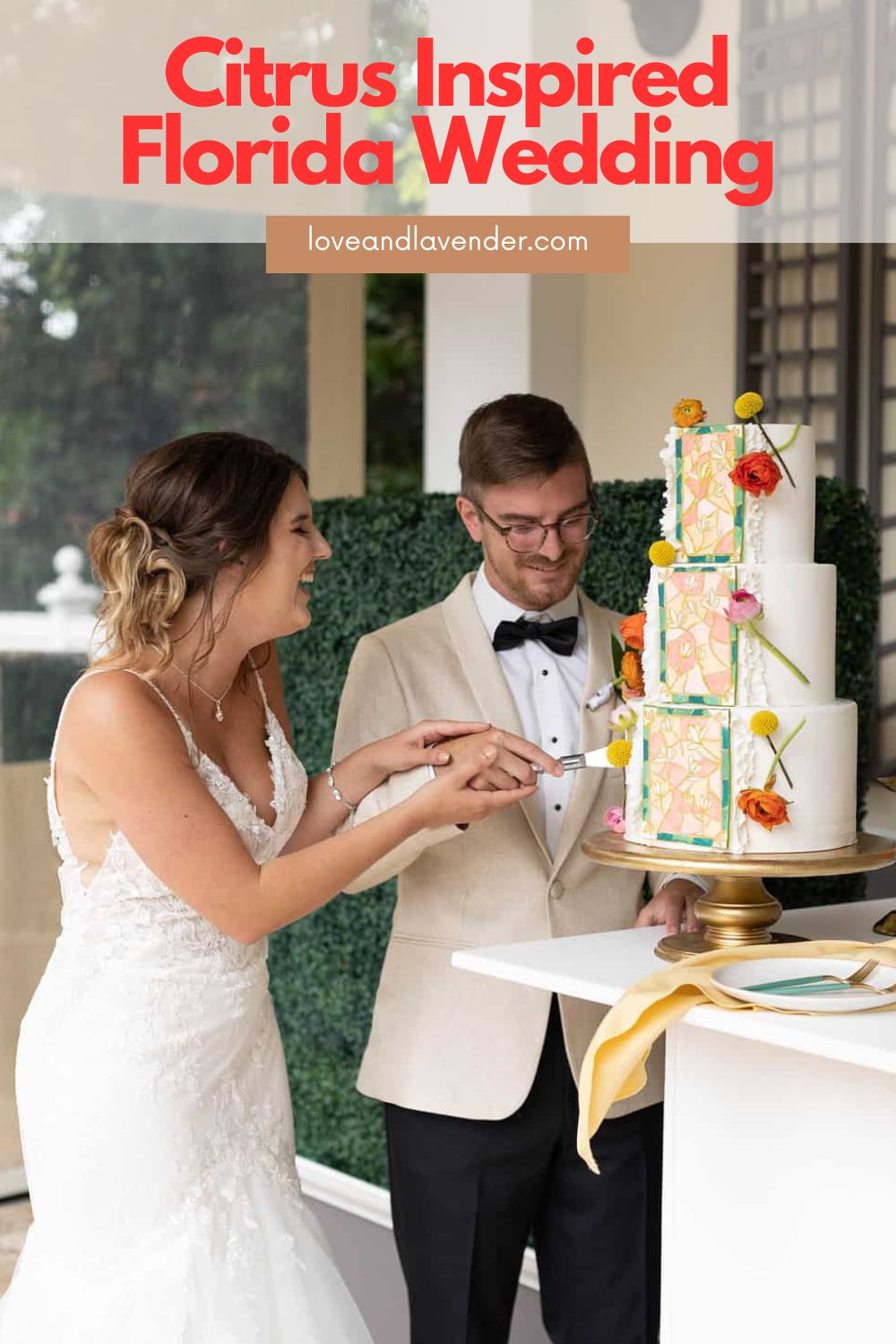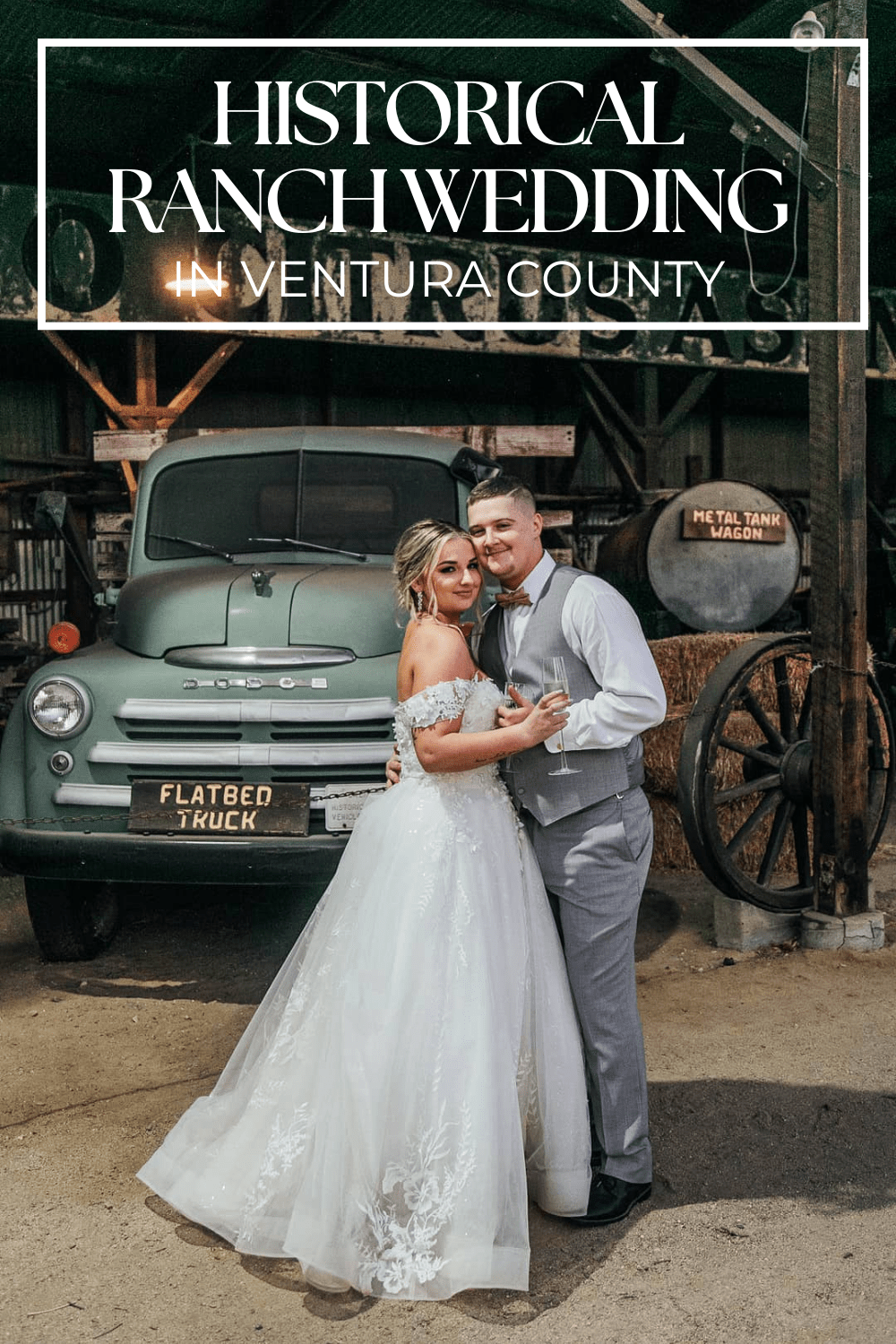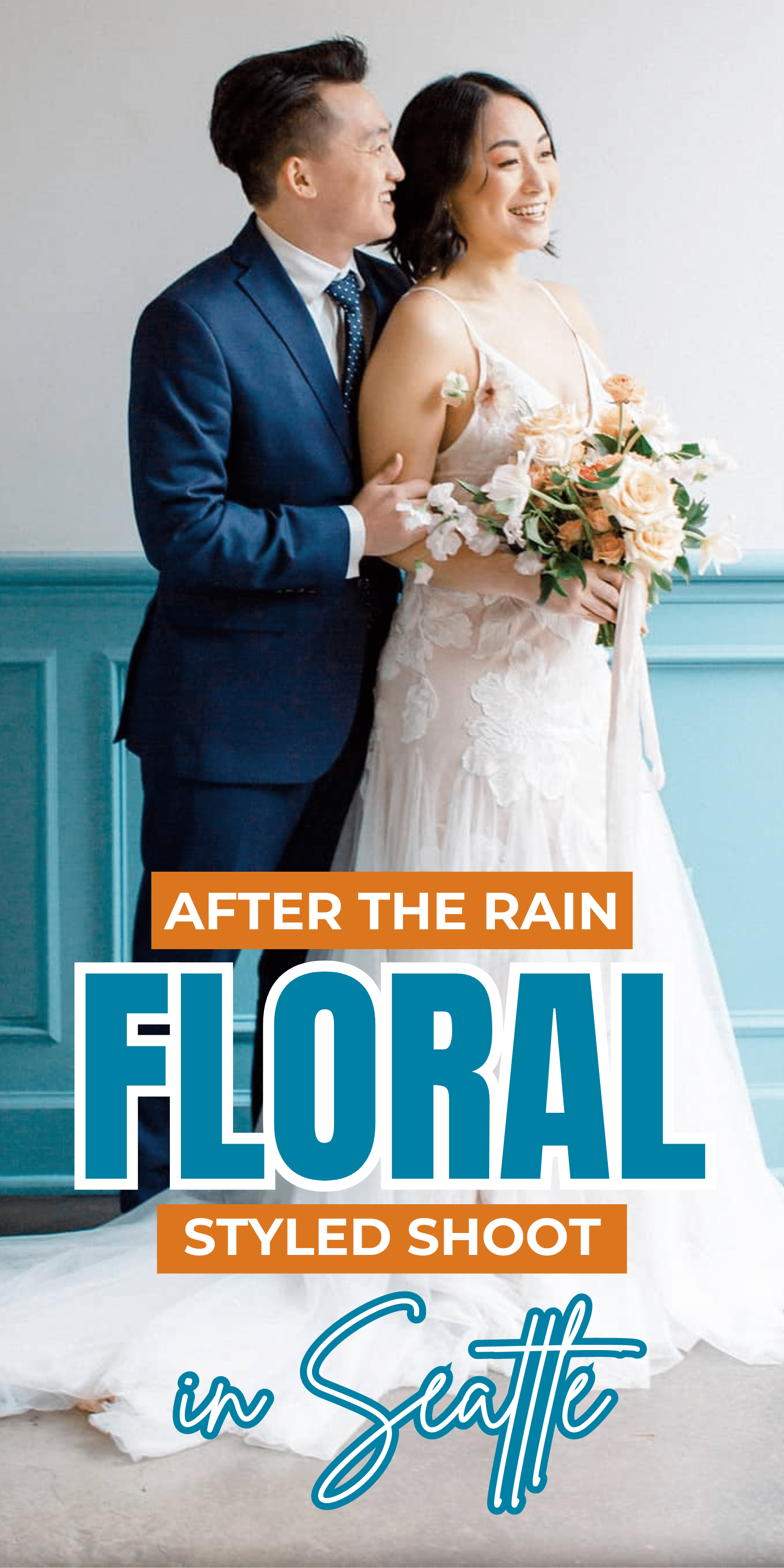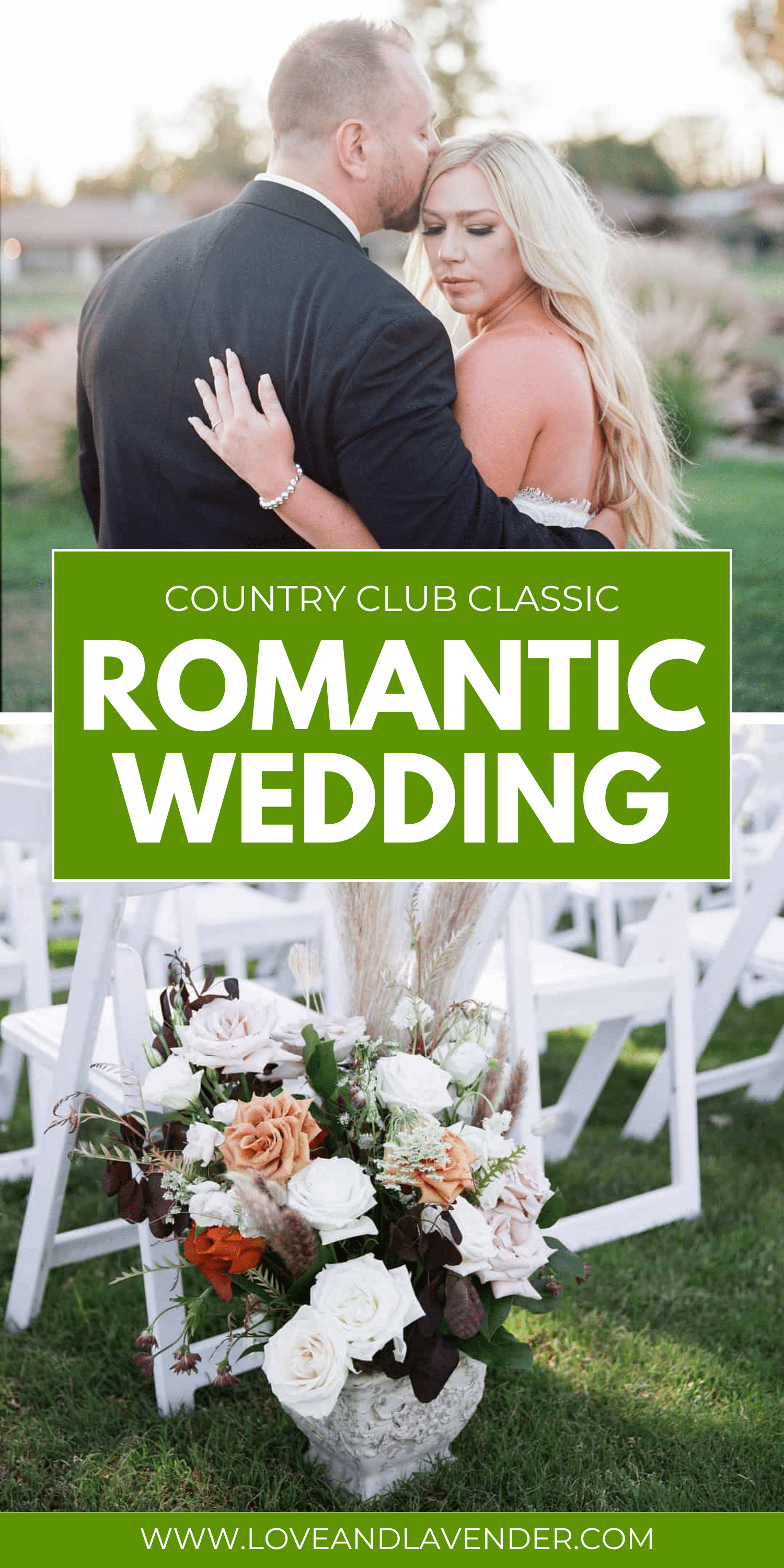Whether you’ve always dreamt of wearing a purple diamond engagement ring or this is your first time hearing about purple diamonds, this article will give you plenty of information about the stunning stones.
Purple diamonds are some of the rarest and sought-after stones available. With prices starting at $25,000 per carat, these gems are not for the faint of heart! However, it is important to know what you’re getting into before you start looking for a stone or make your way to a jeweler’s website.
This particular diamond hue has been on the market since 2000, debuting with an asking price of nearly $1.2 million per carat. Since then, the popularity of purple diamonds has grown exponentially as people search for something different and truly unique. The color purple is highly desired because it is one that isn’t seen often in this type of gemstone; hence its rarity!
That said, these stones are not well-known to the general public and many jewelers aren’t familiar with them, which means that you must do your homework before you start shopping.
Purple: A Unique, Rare Hue
We see it in centuries-old paintings adorning royalty, just as we see it in lavender flowers basking serenely by the garden gate. The color purple combines the tranquility of blue with the passion of red and has long been associated with nobility, intuition, and inspiration.
It is the color of artists and wanderers and is beloved by unique individuals looking for jewelry that reflects the way they see the world. We can find this glorious purple hue in high-grade amethysts, purple sapphires, tanzanites, and even diamonds.
Purple diamonds are so rare that they’re almost unheard of, even in big-ticket auctions. The vast majority of purple diamonds on the fine jewelry market (which is to say, not very many) are artificially color treated with a combination of heat, pressure, and radiation. A few, however, display their color as a happy accident of the natural world.
Let’s discover this violet-tinted luxury together.
What is a Purple Diamond?
Purple diamonds are most commonly found in very small sizes, predominantly in mines in Russia and Australia. It’s believed that they get their unique coloration from a combination of trace elements (hydrogen and boron — varying proportions will give the diamond slightly different hues) and structural deformations.
Purple diamonds actually cover a range of diamond hues and tones, from faint grey-toned lavender to rich blue-violet. Grey and pink are the most predominant secondary colors, and pale purple diamonds are more common to see than deeper colors.
While accredited gem laboratories like the GIA classify purple diamonds under only four colors — violet, purple, bluish violet and reddish-purple — you will find all manner of marketing color terminology on the retail end of the jewelry business.
Purple diamonds of varying shades can be sold under an array of colorful names, including:
- grape diamond
- orchid diamond
- lavender diamond
- plum diamond
- lilac diamond
- mauve diamond
While terms like these are useful to communicate with the customer, they are not industry-regulated or standardized. What one jeweler calls “lavender” another may call “lilac”, (and does he mean early spring lavender or lavender towards the end of summer? Concord grape or Tempranillo?) and so forth.
Natural purple diamonds are incredibly rare, so much so that most jewelers will never even see one. The few that have gone to auction have an estimated value of between $1.2m and $4m per carat.
Even artificially color-treated purple diamonds start at around $20,000 per carat and go up to the hundreds of thousands, depending on the quality and intensity of color. Given that many of these stones available are in smaller sizes, however, it’s not impossible to find a quality petite purple diamond for a few thousand dollars.
Are Purple Diamonds Worth the Investment?
Considering the availability of color-treated purple diamonds, do you really need to invest in one with natural purple coloration?
That depends. If you think you might want to resell it one day or hand it down to someone as a form of financial stability, a natural colored diamond is one of the most consistently reliable investment pieces in the fine jewelry world.
Fancy colored diamonds are so rare that gem collectors will make themselves dizzy chasing auctions for the chance to own one of these prestigious pieces. If you yourself want to begin or add to an existing gem collection, a naturally colored diamond is an unmatched, enviable addition that will only compound its value with time.
If, however, you want a purple diamond for your own personal satisfaction, for the pleasure of looking down at the sparkling stone on your finger for a fraction of the price, sourcing a quality color-treated diamond might be the right option for you.
How are Purple Diamonds Graded?
As I’m sure you could guess, the most important grading factor when looking at a purple diamond is color. As we discussed above, richer colors are more desirable than more muted ones.
The GIA gives us our four basic hues for evaluating purple diamonds, and then breaks it down further into a description of tone and saturation — Faint, Very Light, Light, Fancy Light, Fancy, Fancy Intense, Fancy Vivid, Fancy Deep, or Fancy Dark. This gives us a final color grade, for instance, Fancy Vivid Bluish Violet.
Vibrant, pure purple diamond colors are the most in-demand. Fainter purple diamonds with greyish or brownish overtones will be less valuable.
Because purple diamonds are so rare and so coveted, other grading considerations have less impact on the value than they would for white diamonds. For instance, a purple diamond could have notable inclusions that give it a low clarity grade and still be very valuable if the color is good enough. Grading reports will still include this information, however, as well as the cut grade and any known treatments.
How Do I Know if a Purple Diamond is Real?
Even though the color is different from a standard colorless diamond, purple diamonds share all of the same geological factors that set them above other gemstones.
Its unmatched hardness (a ten on the Mohs Scale) means that it will be more resilient and scratch-resistant than other purple gems, such as amethyst (a seven on the Mohs scale), tanzanite (six and a half), or purple sapphire (nine).
It also shares the same unique qualities of scintillation and dispersion, or what we think of as sparkle. No other purple gemstone will give the same brilliant rainbow flashes of light that come from the diamond’s unique crystal structure.
Also, consider the age-old shopper’s adage: if it seems too good to be true, it probably is. Expect to pay top dollar for genuine purple diamonds, whether they are naturally colored or treated. A reputable jewelry retailer will have documentation that they can show you detailing the cut, color, and clarity grading of the stone, as well as the origin of the color (natural or enhanced).
If you want to get up close and personal with authenticating your diamond jewelry, you can check out our post on identifying diamonds from other gemstones.
What does Purple Symbolize in an Engagement Ring?
In cultures all around the world, purple has long been a color of magic and mystery. It takes the soft, deep associations blue gemstones have with the sea and the night sky and marries them with the passion and fire of red-hued stones.
Purple is the color of people with rich, complex dreams and the drive to make them a reality. For a long time, the color purple was only worn by royalty, sometimes by royal decree and sometimes simply due to the high costs of such extraordinary dye. This association with rank and nobility continued when the American government began giving the “purple heart” medal to brave soldiers who fought in the first world war, a tradition that continues even today.
A purple or violet diamond is a great choice for deep thinkers, big dreamers, artists, philosophers, and people who strive to find a little beauty in the world.
A Rare Stone as Unique As Its Wearer
Purple diamonds are one of the great treasures of the natural world, so rare and precious that many people don’t even know they exist.
Whether it’s in a showstopping engagement ring or a delicate violet pendant, a purple diamond is a wonderful choice for someone as unique as these marvelous stones.
When shopping for an engagement ring, consider a loose purple diamond and a custom-made setting — something that is entirely and completely yours, a reflection of you and your partner.
Purple diamonds are the stones of dreams, and we hope that your perfect diamond can help you live yours.
Did you find this post useful? Then save THIS PIN below to your Diamonds board for later!
 Pin
Pin














Esther Pali
April 17, 2023 at 9:29 pmI have a large purple lavender diamond to sell.
Please help me to sell my diamond.
Thank you and looking forward to hear from you.
Helpful Review